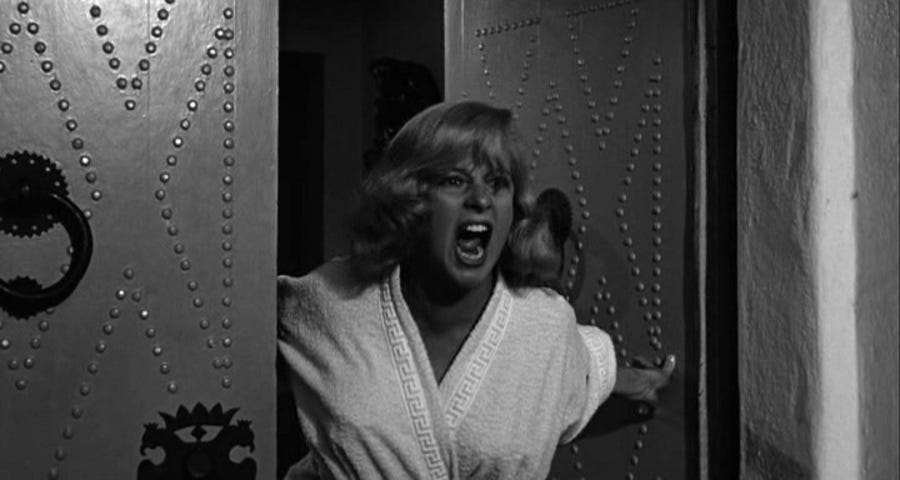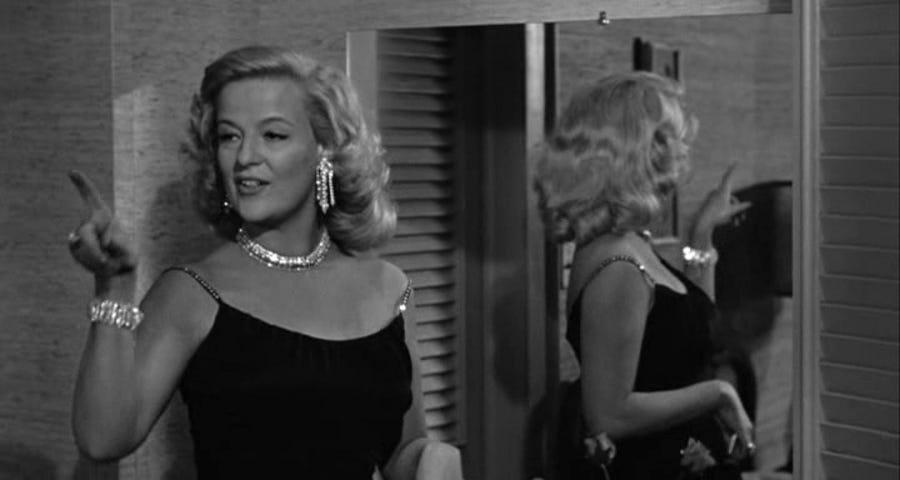On the Method, part 1
introducing a new series
Jonathan Majors’s former coworkers and current attorney can agree on this much: Majors, whose rising star skyrocketed with his recent entrée into the MCU as Kang the Conqueror, is a Method actor. Or is he?
After Majors was arrested in March for allegedly assaulting his girlfriend, dozens of people from his personal and professional lives have come forward with claims about his past abusive behavior. While Majors denies all of them, his attorney, Dustin A. Pusch, does offer an explanation for the ones coming from his client’s former colleagues:
“The allegations that Mr. Majors got physical with or physically intimidated anyone on any movie set are downright false…Everyone who has worked with Mr. Majors knows that he employs an immersive Method acting style1, and while that can be misconstrued as rudeness at times, those who know Mr. Majors and work in the industry have attested to his dedication to his craft as well as his kindness.”
The logic of this defense is that the Method—a series of training techniques created at the beginning of the 20th century by Konstantin Stanislavski, and further developed for the American stage and cinema by Lee Strasberg, Stella Adler, and Sanford Meisner—stands in for Art with a capital A. Like its most famous practitioners, from James Dean to Marlon Brando, Majors should not only be accorded prestige, but lenience, because anything done in the Method’s name is understood to be necessary in the service of a sanctioned and profitable creativity. Pusch makes explicit the claim that Majors’s former coworkers can’t tell the difference between “rudeness” and unprofessionalism or even violence. While only implied, the clearest message to be taken from this line of defense is that Art takes precedence over people.
Now, we don’t need anything subtler than a meat cleaver to start deconstructing all of that, but what first jumped out at me was that the “immersive” preparatory technique invoked to excuse Majors’s on-set behavior is not actually Method acting. In fact, many of the actors working today who identify, or are identified, with the Method aren’t actually doing it.
Over the past century, as others have pointed out before me, the Method has come to be synonymous with actors taking extreme measures before filming and while on set, from losing or gaining a great deal of weight in a short period of time; to imitating a physical disability for so long they injure themselves; to loading a live round in the revolver used for a Russian roulette scene. The focus is on the lengths that the—usually white, usually male—actor will go to “become” the character, not on whether those lengths were successful in creating a beautiful, moving performance.
This isn’t to say that so-called immersive acting was foreign to Stanislavksi. In fact, it was one of the first ideas he hit upon as a young actor struggling to get into character as an elderly, miserly knight, way back in the late nineteenth century. At a loss, Stanislavski went to live in a castle, where all he gained was “a bad cold and despair.” “What might seem like a suspiciously perfect origin story for the immersive preparations now commonly associated with Method acting—an attempt ‘to live as his character lived’—in fact proved to be a false start,” writes Evan Kindley in last year’s review of Isaac Butler’s The Method: How the Twentieth Century Learned to Act.
For Stanislavski, immersion was the doorway to a much bigger idea. The trick to “living the part,” as he puts it in An Actor Prepares, which lays out his “System” by way of dozens of exercises and examples, is to make room for inspiration’s unanticipated and ungovernable arrival with somatic training. As the title indicates, the actor prepares to take advantage of inspiration by training those parts of themself that are under their control. “Our art teaches us first of all to create consciously and rightly,” says Tortsov, Stanislavski’s stand-in, “because that will best prepare the way for the blossoming of the subconscious, which is inspiration. The more you have of conscious creative moments in your role the more chance you will have a flow of inspiration.”
Last year, for a DAVID series about the commodification of kink, I wrote about Democratic donor and convicted murderer Ed Buck. Buck, a wealthy white man, paid Gemmel Moore, Timothy Dean, and Dane Brown, all poor black men, to come to his home and be “administered large doses of narcotics,” which resulted in the deaths of Moore and Dean (Brown survived, barely). Buck’s attorneys argued that the government’s “kink-shaming,” based on “prejudicial and irrelevant character evidence,” resulted in his convictions.
While there are many differences between the cases of Jonathan Majors and Ed Buck (including the fact that Majors has not yet had his day in court), I’m fascinated by the similarities in their defense strategies. Like Buck’s legal team, Majors’s seeks to excuse what ought to be unambiguous violence by conflating it with a nonviolent somatic practice2. In both of these high-profile legal cases, the defense teams are banking on mainstream definitions of violence and extremity—and what I believe is a widespread confusion regarding and hostility toward consent, desire, and pleasure—to disappear alleged harm.
Despite recent efforts to demystify the Method, including books like Butler’s, film programming, and documentaries, the public awareness of this approach remains confused enough to be exploited. While I’m no Method scholar, I am interested in what this means for Art with a capital A. Maybe you are, too.
Find me on Twitter. Get my second novel, X, right here.
Bolding mine.
Yes, I think the Method is grounded in non-violence. More on that later.




